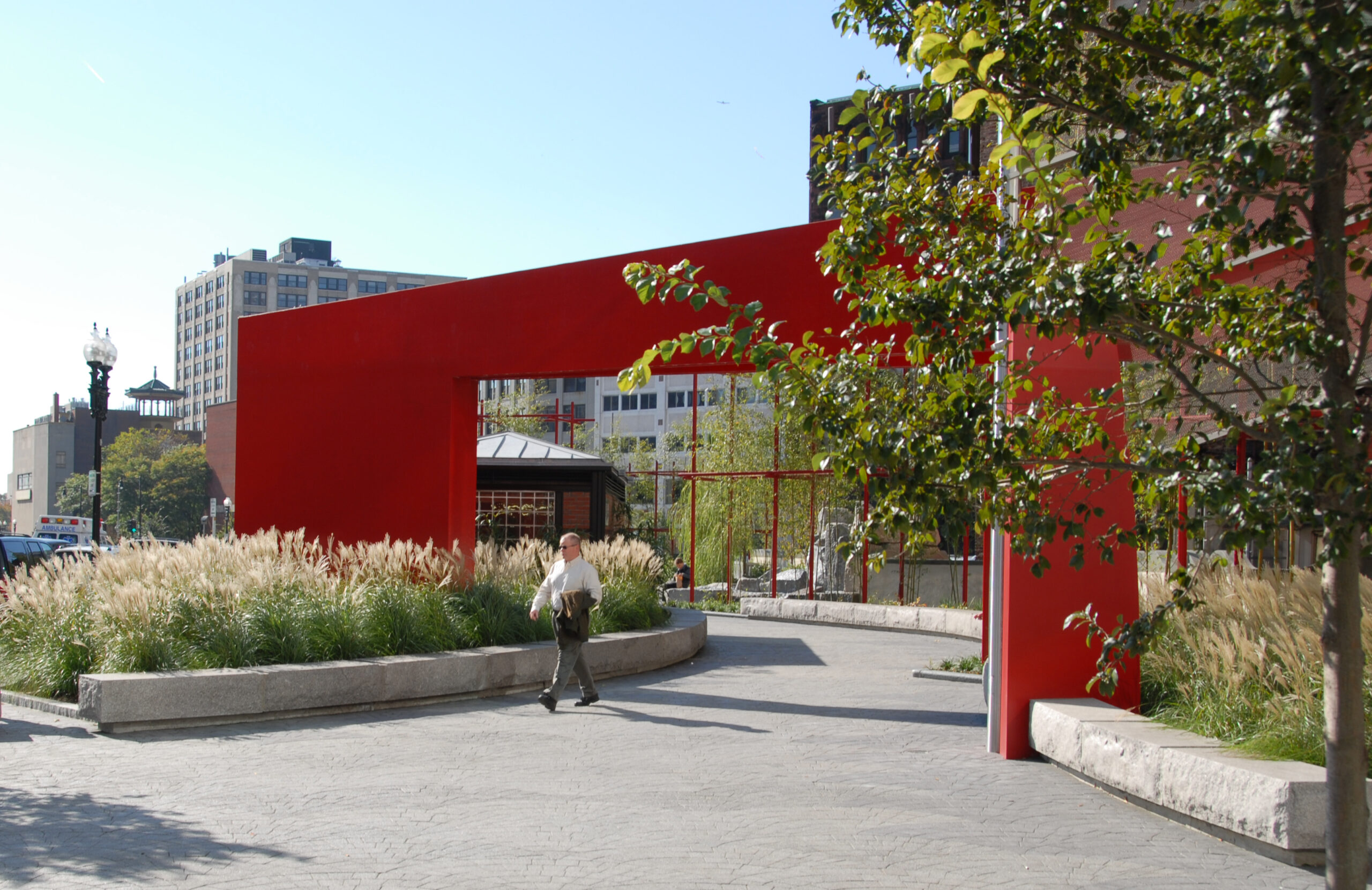
Chinatowns have undergone several processes of change in recent years. Kongjian Yu comments on their development and above all he demands more authenticity.
Billboard
Skyscrapper
Halfpage
In every issue of topos, personalities from the fields of landscape architecture and urban design express their opinions on relevant topics. In topos 104, Kongjian Yu of the Peking University Graduate School of Landscape Architecture comments on the transformation of Chinatowns and calls for more authenticity:
For the last few centuries, millions of Chinese people have left their villages in costal rural China, having survived dangerous voyage and hardship to pursue better live abroad. Upon landing on their strange – and in many cases, hostile – new environment, they depend on their original family bond, sticking together in the same neighborhood, which helped them to overcome social and economic difficulties. Searching for better living, they were homesick; and so they created the urban village that depicted their home village back China: a gateway, a commons in front of the village, a tea house, etc.
This became a “Chinatown” – according to the Oxford English Dictionary: “a district of any non-Chinese town, especially a city or seaport, in which the population is predominantly of Chinese origin.” A stereotype image of a Chinatown is a gateway covered with glazed tiles, with a roofed pavilion in red. This image gave the uprooted Chinese comfort, a sense of belonging, hence – an identity. But this image needs to be changed.
(…)
Please don’t get me wrong. I don’t mean: Destroy the heritage of Chinatown. Protection of historical heritage, and creation of new landscapes, are sides of the same coin. What’s wrong with today’s Chinatowns is that they mimic or distort authentic images of a culture and people who have evolved over time.
The newly built Hing Hay Park in Seattle’s International District, and the Boston Chinatown Park, are trials in creating new images for Chinatowns. In both cases, while traditional Chines gateways and structures are well preserved, the contemporary designs accommodate modern use of public space and address the changes in the district.
How the designs of these two chinatowns work, what needs to change and be preserved, you can read in the full article in topos 104.
Kongjian Yu is the founder of Turenscape (1998), one of the first and largest private architecture, landscape architecture, and urbanism practices in China, with a multi-disciplinary design team of over 500 professionals. He is professor and founder of the College of Architecture and Landscape at Peking University.













